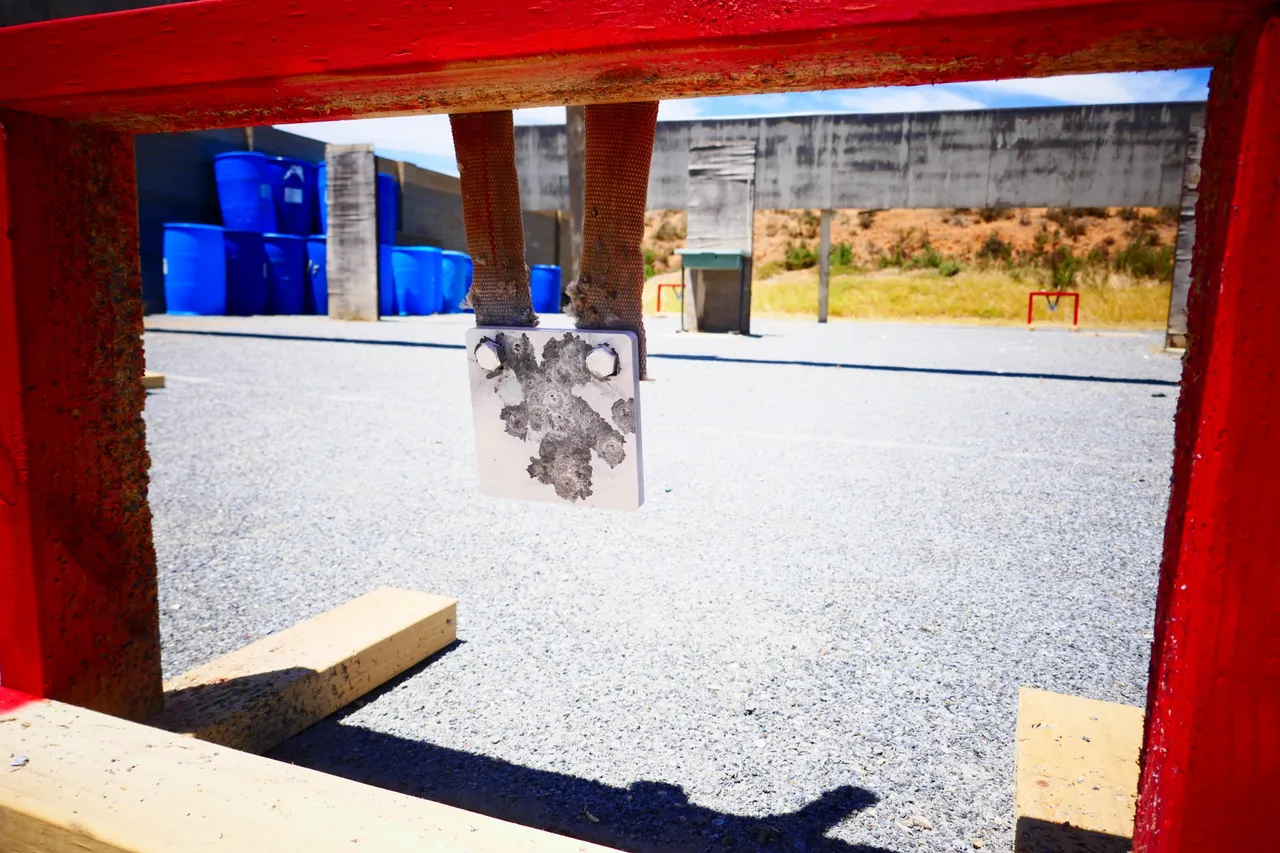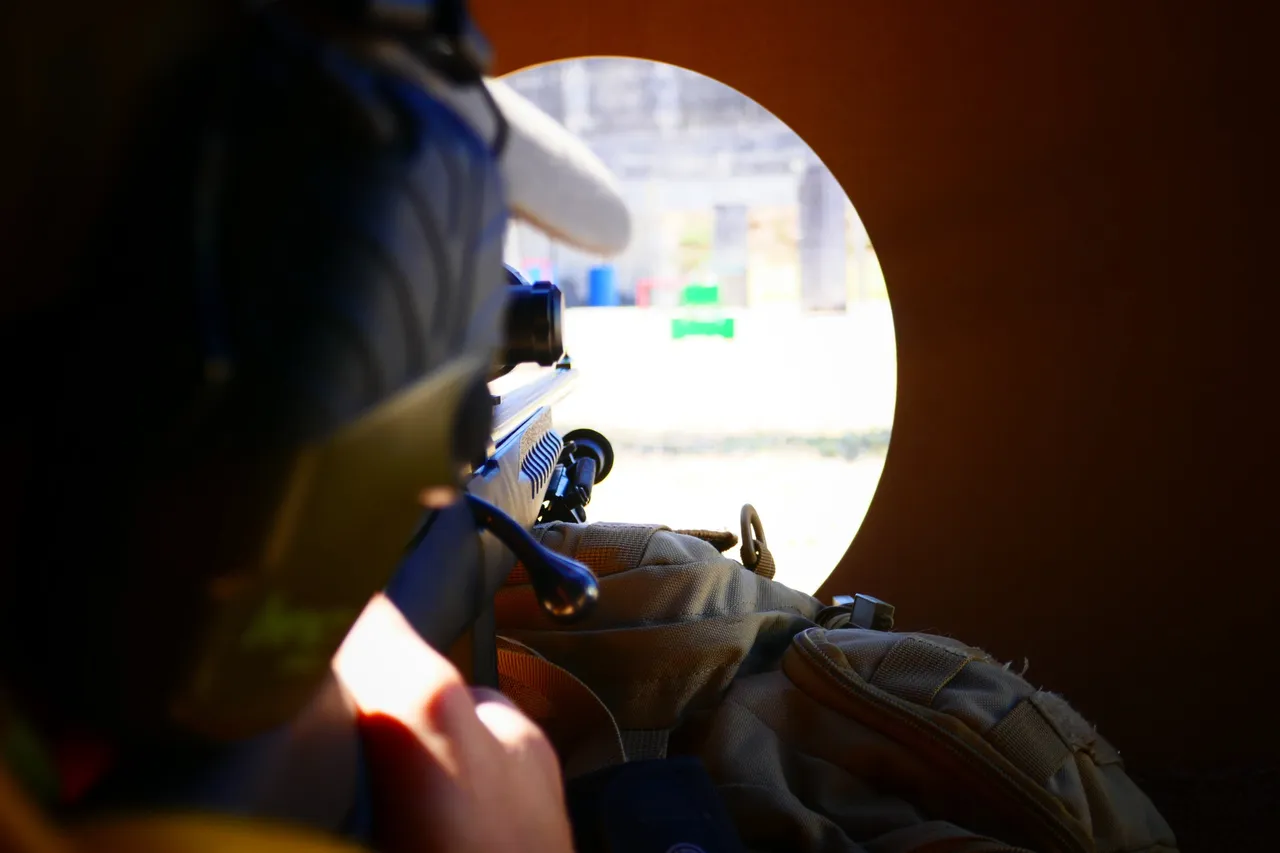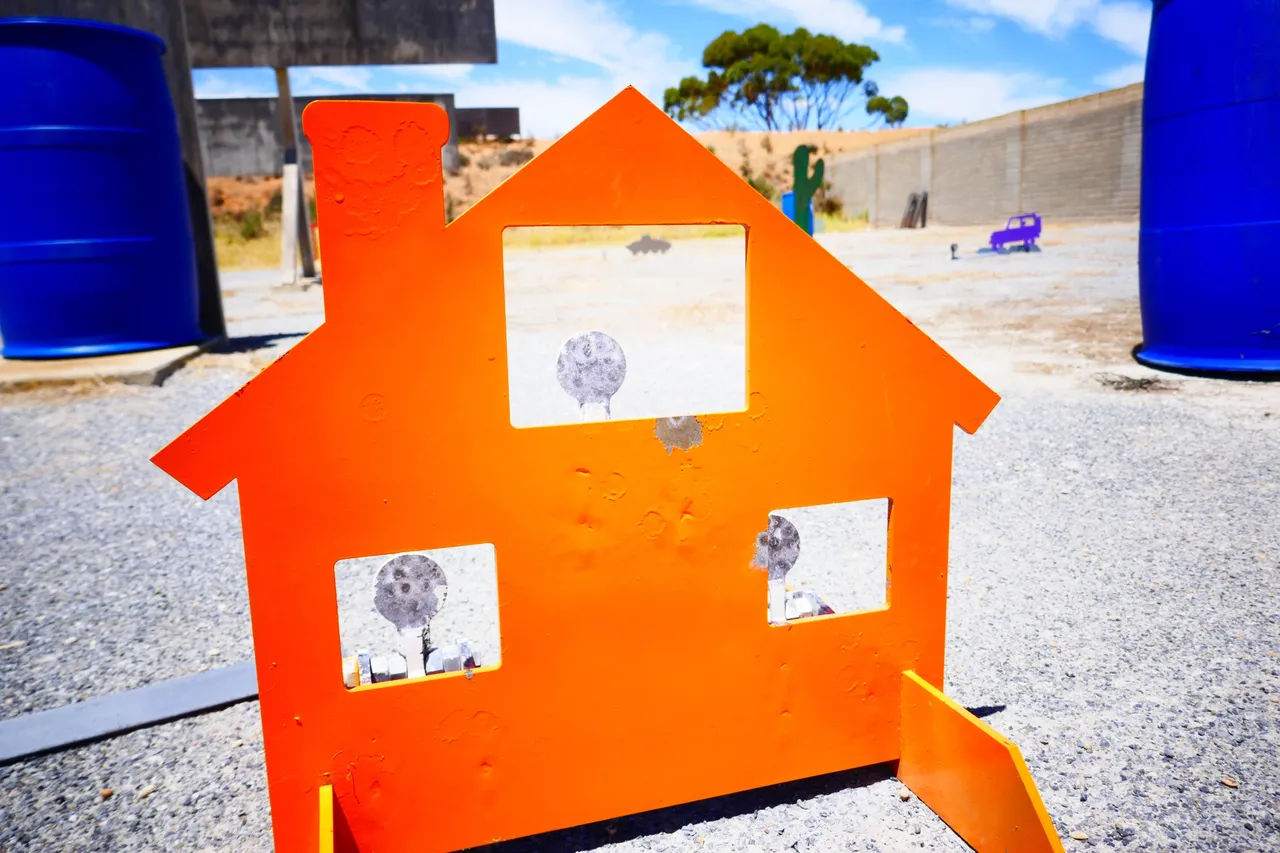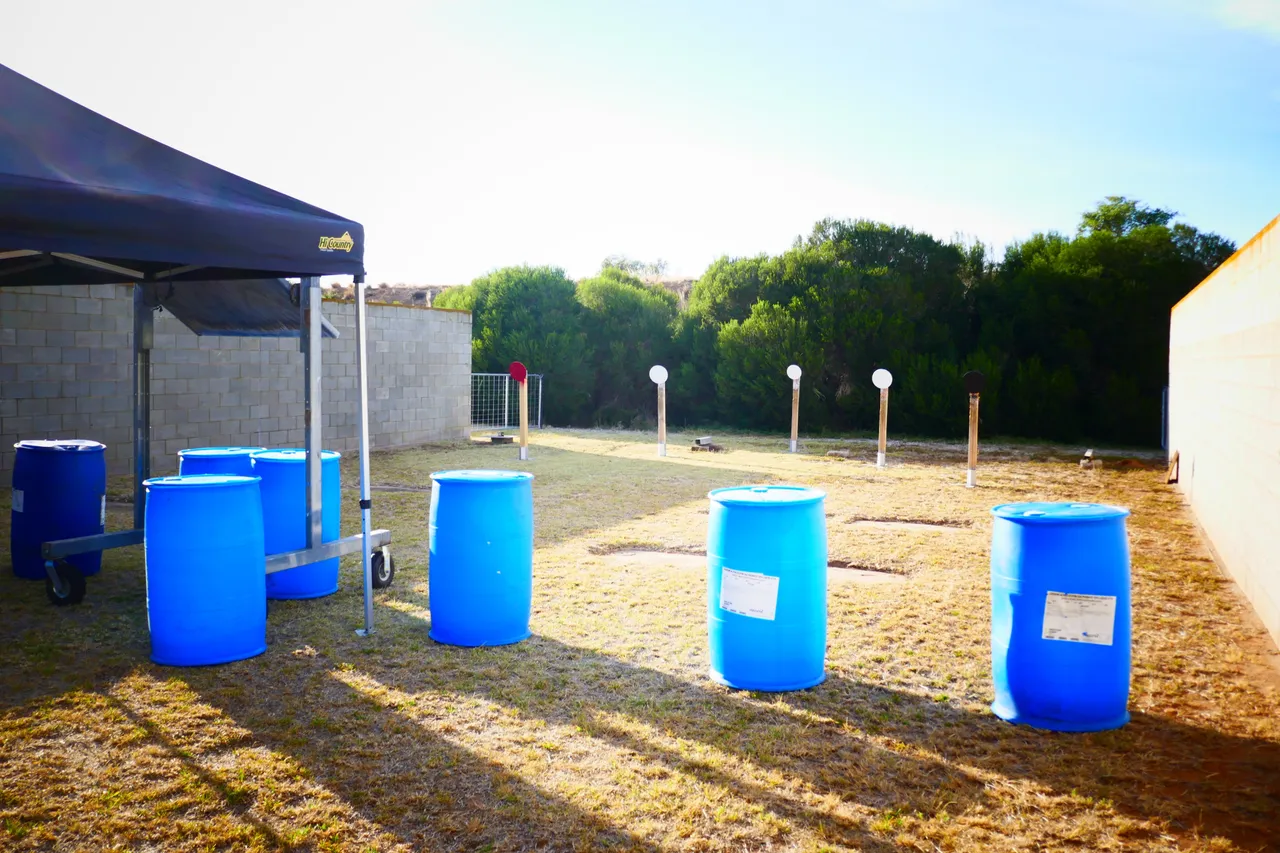In keeping with the rifle competition theme today I thought I would answer some questions I have been sent in respect of Precision Tactical Rifle Challenge I ran over the weekend. A competition to test shooter's problem-solving and practical shooting skills.

The competition was shot using .22 rimfire rifles only and was designed to introduce shooters to the style of shooting rather than guns themselves. With just over 60 guns on the line, moving between stages and being shot in a practical manner, new-to-firearms shooters would possibly raise safety concerns. A minimum level of competency was required.

The ranges the competitors were shooting at were out to about 100m as a maximum. As you may know, typically, a .22 rifle is zeroed around 50 meters and so hold-over or dialling elevation was required. It does not sound like a long way however we added the challenge of very small, and moving, targetry so shooters had to be very accurate with their shots to score hits. Add to this the pressure of time and of gaining/losing points and there was plenty of challenge. Wind also affects a .22 projectile at range so the challenges were many.

We had a few classes which were: Tube-fed rifles like lever and pump action, hunter class which was for standard .22 rifles with scopes under 12x power and an open class which was unlimited in every way. The most expensive gun on the line was just over $7,000 in value plus a Nightforce ATACR scope of around $4,000. The open guys take it seriously. We also had a ladies division with 4 shooting plus a junior. The youngest was 12 years old.

Targets were all steel and ranged in size from about just under 2 inches in diameter to about 6-7 inches. We added interest through moving targets and assorted shooting positions like an incline (simulated roof), through an aperture, prone, a stepped barricade, standing and also mounted on a “horse” which was a barrel suspended on 4 springs with a pink unicorn head. I have a voice-over video on that stage which was a bit of fun. To be honest we should have made the horse 20% more moveable but we’ll know for next time. We also used hanging plates (gongs) suspended from wooden frames, falling steel plates and a “duck” shooting gallery that rotated around.

You can see some of the targets in the images through this post.
We had different rules for each stage, which is the whole thing behind practical shooting; No two stages are alike. Some stages were hit to move meaning you have to hit the first target to qualify to move to the next and so on. Some were sudden-death meaning that if you miss your stage ends, and other’s were designed in a particular order and shooting the wrong target means no points. Range officers would only call impacts, not misses and if a shooter was shooting at the wrong target the RO was silent. No points would be awarded. There is always a stage brief to the squad prior to shooting at which questions can be asked.

The course of fire was enjoyable for everyone, challenging, but not too difficult that the newer shooters would not be able to hit things. Making steel ring is a great feeling and we wanted shooters to go away with a feeling of accomplishment. The course was designed so that a good shooter would hit 90% and the lesser shooters would be hitting at least 35% of the targets.
The day began with registrations at 0800, a shooters brief at 0915 and shooting commenced at 0945. The day concluded at about 1630. We provided bacon and egg muffins for breakfast from 0730 and a burger chips and drinks for lunch, all available for purchase. The hosting club received all proceeds from the day including the food and drinks and the registration fee. They raised just over $4,000 for the club on the day.
We had 9 range officers, 9 spotter/scorers, a match director and assistant, 4 runners, 2 maintenance guys (for target malfunctions), 4 official scorers in the scoring room, 3 in the kitchen and 2 first aid responders. All officials were hooked up through UHF comms. There was a lot to arrange and facilitate as you can imagine.

The day was a resounding success with the 60+ shooters and the support staff enjoying a safe and fun day. Safety was amazingly maintained by all concerned with only 1 (verbal) safety warning issued for moving with a bolt closed. We permitted one verbal warning for that infraction then one official warning then match disqualification on the third infraction. Muzzle flagging with a closed bolt meant instant match disqualification. Flagging is pointing, or sweeping, your muzzle in someone’s direction and is not tolerated.
Anyway, I hope that answers some of the questions I’ve had. I highly recommend getting involved with this form of shooting should you be interested in practical shooting. It’s not only enjoyable but has real-world application especially for hunters.
Design and create your ideal life, don’ live it by default
@galenkp